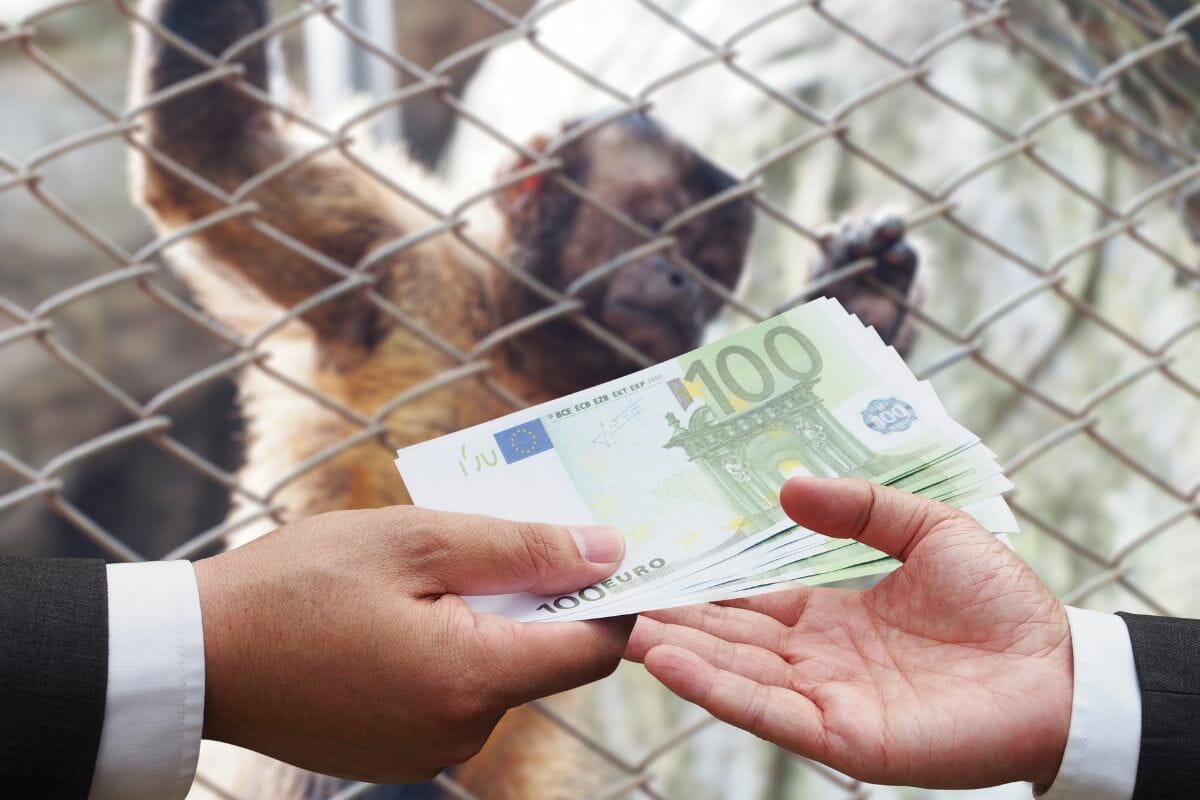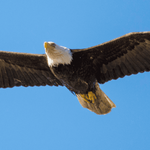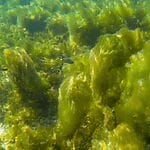Most people have the head of the atrocities of human trafficking, but did you know this occurs with several species of wildlife (animals and plants), too?

Here, wildlife is illegally transported over international borders where it is sold and exploited in numerous ways. This criminal, heinous act is known as wildlife trafficking.
With this in mind, this article will explore everything you need to know about wildlife trafficking and why it may be more harmful than you may think.
What Is Wildlife Trafficking?
Wildlife trade is known as the commerce of non-domesticated animals, or plants, which are typically taken from their natural habitats or raised within controlled conditions.
This is either achieved with living or dead animals or simply for their body parts.
Illegal wildlife trafficking, on the other hand, refers to an environment-related crime that typically undertakes smuggling, poaching, illegal trade, collection or capturing of endangered species, protected wildlife (this includes plants and animals that are regulated by permits and subject to harvest quotas), derivatives or related products.
In its simplest form, illegal wildlife trafficking is the result of a rapidly growing and strong demand for a range of products all around the world.
This includes exotic pets, traditional Chinese medicine, trinkets, jewelry, and accessories, some of which involve trophies, furs required for costumes and coats, and chess sets.
The United Nations Convention on International Trade in Endangered Species of Wild Fauna and Floral (CITES), currently regulates wildlife trade with 170 countries taking part in the initiatives.
However, illegal wildlife trade remains to be a prominent and widespread issue facing many countries.
Not only does it have a negative effect on the viability of a range of wildlife populations, but it is also one of the major threats to the survival of vertebrate species.
A Dangerous Game To Play
In addition to contributing detrimental effects on wildlife species, wildlife trafficking can also be a dangerous gamble in terms of human health and safety.
As previously mentioned, many of the wild animal species known to be illegally traded, such as non-human primates, bats, pangolins, and birds, can carry dangerous diseases.
In the wild, this is generally contained since humans and wild animals don’t necessarily mix or come close to each other. Thus, these pathogens are considered low-risk to jumping between animals.
However, when these animals are trafficked, they are forced into small and, most of the time, filthy containers with other animals, and sometimes humans. This is the perfect environment for diseases to spread.
Markets that sell live animals, or the derivatives of wild animals, also play a role in the transmission of harmful zoonotic pathogens – here, the legal framework that works to regulate the wildlife trade is too weak to enforce conduct and protect the health of humans.
In a 2021 report, WHO found that traditional food markets, whether wild animals are taken from their native habitats to be sold and slaughtered, create a perfect opportunity to spread animal viruses.
These viruses can be amplified and even jump between hosts, including humans.
As a result, WHO recommends that countries suspend the trade that involves wild-caught animals to reduce the risks related to public health.
Another similar study published in 2021 found that the illegal importation involving exotic pets (such as reptiles, small mammals, birds, fish, and amphibians), is a worldwide growing activity that poses a great risk to public health due to the transmission of zoonotic pathogens.
Moreover, the authors of the study go on to say that the trade and consumption of bushmeat – that is the result of a lack of appropriate hygiene conditions in terms of commercialized wildlife meat – also contributes to the spread of zoonotic viruses and diseases.
This was found in bushmeat of non-human primates that have been illegally transported from Nigeria, Liberia, and Guinea when seized at international airports in the United States.
Another 2020 report highlights the growing trade of African pangolins within China’s traditional medicinal industry. Here, they confirmed that between 2015 and 2019, the number of pangolins seized by nearly 400% globally.
Plus, during those five years, authorities seized more than 323 tonnes of pangolin scales and meat.
The trade of pangolins is just one example of how wildlife trafficking on animals and their parts not only has a devastating effect on the survival of the species but also on public health, too.
An Immoral Trade

Many diseases have originated in wild animals and spread to humans as a result of being illegally trafficked in a scheme of global wildlife trade.
Illegal wildlife trade refers to the unauthorized purchasing and selling of wild plants and animals, as well as their derivatives and parts. This includes skins, bones, bushmeat, scales, and ivory.
When looking at a recent 2020 World Wildlife Crime report published by the United Nations Office on Drugs and Crime (UNODC) it shows that between 1999 and 2018, 6,000 different species of plants and animals have been seized.
Another interesting fact gained from this report was that nearly all the countries in the world played a role in generating these statistics – with a role in the illicit affairs of wildlife trade one way or another.
Wildlife trafficking is estimated to value between $7 and $23 billion per year. With numbers like these, the practice of illegally selling plants and animals is only going to increase.
Right now, the planet is facing one of its largest extinction crises, with over one million species currently at risk of becoming extinct within the coming decades. One key factor driving this biodiversity loss is wildlife trafficking.
An Ecosystem At Threat Affects Human Health
Another factor that increases the risks of zoonotic diseases – in addition to wildlife trafficking – is the destruction of natural ecosystems through deforestation and other land-use changes.
When natural environments are disturbed as a result of human activity and interference, habitats and ecosystems are reduced, becoming smaller and smaller, and putting animal species – those which have the potential to carry viruses – into the proximity of humans and other animals.
This increasing contact between humans and wildlife can result in instances of zoonotic viruses as pathogens being able to jump between animals and humans.
As natural habitats begin shrinking, animals will be forced to live with humans – which can have a catastrophic impact.
As you can see all these different factors share one similar aspect: human interference. By participating in these practices humans aren’t only killing animals but themselves, too.
Without proper interference and regulation, more animals and humans alike are going to die.
Final Thoughts…
Wildlife trafficking (see also: How Organizations Are Combating Wildlife Trafficking)has been around for centuries. Due to the chances of transporting diseases, it has become more closely monitored than ever.
However, there remains a demand for trafficked animals and plants – one that could be detrimental in the long run not only to the animal species but to humans, too.
From increased disease and viruses to collapsed ecosystems – both these things can impact human life unless countered.
Hopefully, this guide has informed you why wildlife trafficking is more harmful than you may realize.








